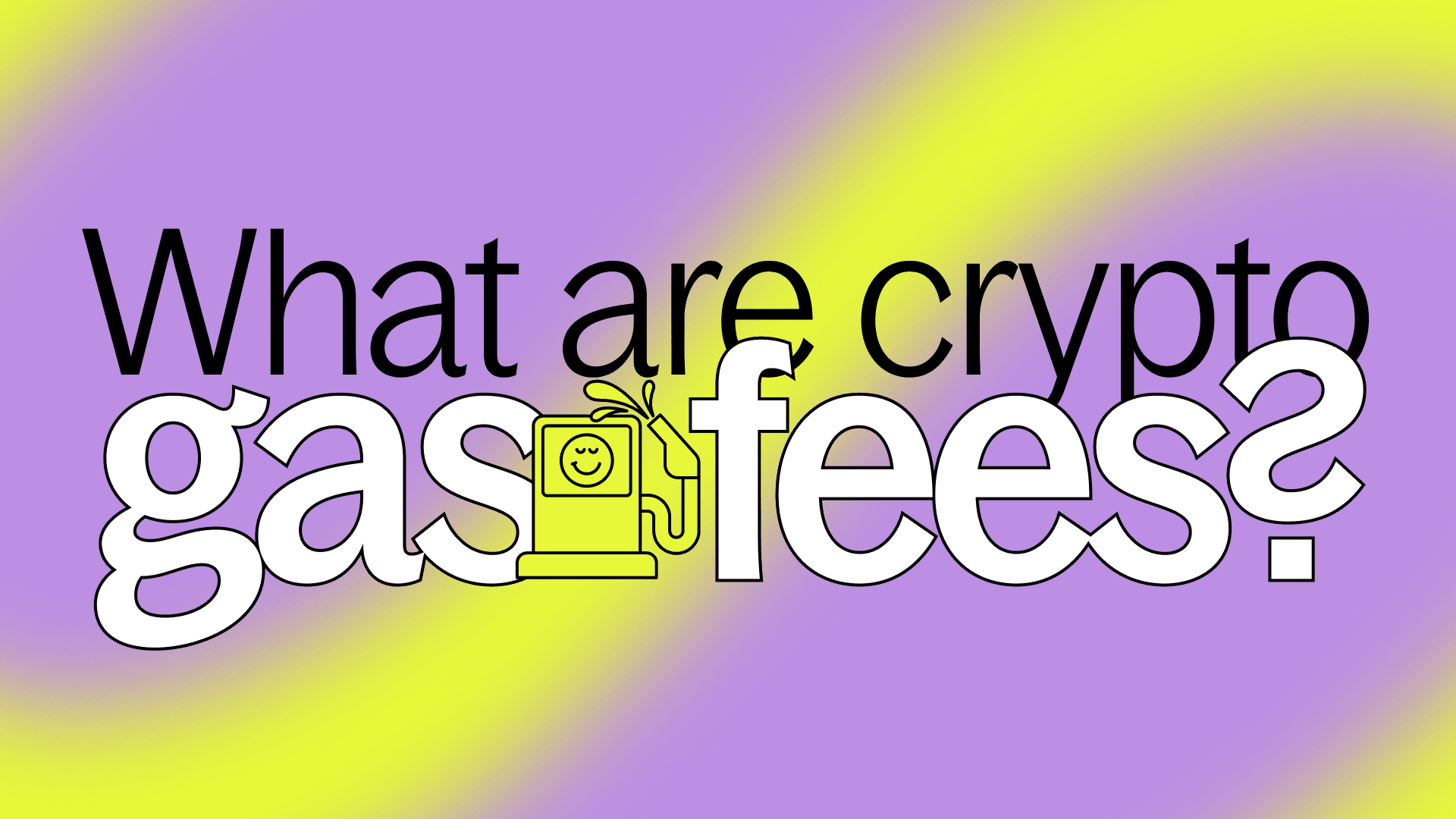What are crypto “gas fees”?

Gas fees are the transaction costs required to perform actions on a blockchain - like sending tokens, swapping assets, or using DeFi apps.
Think of it like a toll you pay to use the network. The fee goes to the network’s validators or miners who process and confirm your transaction.
Why are gas fees needed?
Blockchains like Ethereum, Solana, and XRPL are decentralized. That means no central authority processes transactions — the network does.
Gas fees help:
- Prevent spam on the network
- Prioritize transactions (higher fees = faster confirmation)
- Reward validators for maintaining the network
How do you pay gas fees?
Gas fees are not all paid with the same type of token. The gas fee you’ll pay depends on the network, or blockchain, you are transacting on.
Each network has its own “native token” that exists to power the chain. For example, Ethereum’s native token is ETH.
When you interact with Ethereum, like trading crypto or buying NFTs, the fee for transacting will be calculated in ETH. This is the “gas fee.”
Popular chains and their gas fees
Here is a list of popular chains and their native token, or designated token for paying gas.
- XRPL – XRP
- XRPL EVM – XRP
- Ethereum – ETH
- Base – ETH
- Arbitrum – ETH
- Solana – SOL
- Bitcoin – BTC
- BNB Chain – BNB
- Polygon – MATIC
- Optimism – OP
If you are buying memecoins on Solana, the gas fee will be paid in SOL.
How are gas fees calculated?
On networks like Ethereum, gas fees depend on:
- Network congestion (busier = more expensive)
- Complexity of the transaction (simple transfers cost less than smart contracts)
- Gas price (measured in gwei on Ethereum)
Some networks, like XRPL, have very low and predictable fees, while others (like Ethereum) can vary greatly.
XRPL Gas fees
To defend the XRPL against spam and denial-of-service assaults, each transaction automatically burns a small amount of XRP, which starts at 0.00001 XRP (10 drops).
This transaction cost is designed to increase in parallel with the load on the network, making it expensive to deliberately or inadvertently overload the network.
Those who want to use the network for legitimate purposes don’t have to worry about the fees to use the XRPL, as it costs fractions of a penny for a transaction, making the XRPL extremely efficient to use.